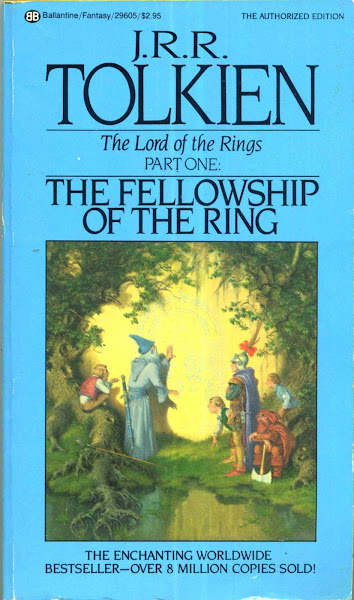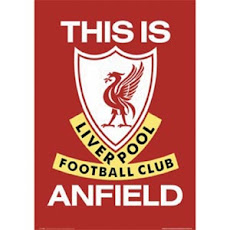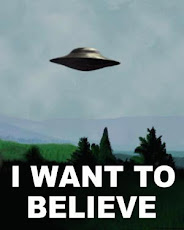
Thoughts about the 23 for 23
by rick olivares
The list of 23 for 23 has
generated a lot of buzz. Can they compete? Can they develop in time for the
World Cup? Why aren’t some names on the list?
I think people are missing the
point of Chot Reyes… this isn’t by no means a final list. Names can be added
and dropped. But you know, this is like that discussion on who should make the
All-Star team – names are omitted, players are snubbed, the works. It’s good
because people care and they look forward to a competitive team come 2023.
I think it is good this early to
come out with that list because it gives time for all parties to prepare.
That’s five years for the pool to soak up as much experience – domestic and
international; to toughen up, and get bigger and stronger. It also gives many
of them a heaping dose of confidence as they go into the next season. Can you
imagine what this does for players like Matt Nieto who is coming off a
breakthrough season for Ateneo? Can you imagine what this does for Paul Desiderio
who has become one of the more unstoppable scorers in the college ranks and his
pursuit to lead UP back to the Promised Land? Can you imagine how this helps CJ
Perez leap higher than ever in his desire for redemption for Lyceum? The same
goes for everyone on that list.
As it is, some names aren’t there
because certain folks don’t want to release or include them. Like I said to
some folks in the know – it’s their loss.
People wonder, aren’t those names
too young to compete in that arena? Sure they are. But that’s just the pool.
There will still be the PBA folks including this year’s rookie class who will
be five years into their PBA career by then. The final composition will be a
mix of who works well within the system and who has been performing great (and
who isn’t injured).
I can understand the Samahang
Basketbol ng Pilipinas’ desire to get younger; to go back to the Smart
Gilas-type of team where the cadets toughen up through the years while aided
and abetted by PBA players.
During that early team of
nationals, they were competitive to a point. Ultimately, they didn’t achieve
their goals because of a variety of factors. What we can infer is – they were
too young and oft – forgive the term here – bullied by the taller and veteran
players of other countries. Hence, you need veterans from the pro league.
Nevertheless, you still have to
start with the age groups growing up and balling together.
Just to refresh people’s
memories, during the last NBTC Coaches Convention where Reyes gave a talk to over
a thousand coaches from all over the country, the SBP and the national team are
shifting their focus on forming age-group teams. He cited the national teams of
Argentina and Spain – to name a few – who grew up together playing on the
national side since they were young. Even as their respective careers blossomed
by playing in different leagues and countries, when they got together, it was a
little easier to work on chemistry as they have known each other for so long.
We should also look at how
international football works as teams move up in age groups. They have done
that so well for decades. It works across borders and sports so why can’t it
work with the Philippines?
Last Saturday evening, by
happenstance, I watched, with great interest I might say, a video where English
football players Rio Ferdinand, Frank Lampard, and Steven Gerrard talked and
discussed why their “Golden Generation” failed on the international stage.
They all pointed out to a variety
of factors – the club competition saw divides among the players, the lack of
willingness by the coaches to break that divide, the tactics of coaches etc.
There are lessons to be learned.
All three English footballers spoke of how during meals the Manchester United
players would sit together, the Liverpool players would sit in another and so
on. Ferdinand played for Manchester United, Lampard for Chelsea, and Gerrard
for Liverpool. Even as managers decided that there would be one table, the
players would still sit in bunches. Sure it is hard to undo rivalries but
again, if you keep the players together for a lot of international tournaments
then you break down the walls.
Of course, it has been done.
Moving once laterally back to basketball, the original American Dream Team
played great basketball together because of the willingness of the team leaders
to play such. As is oft said of Ervin “Magic” Johnson, he, along with Larry
Bird and Michael Jordan, bent the team to their collective will. Leadership is
key too.
While it’s definitely an exciting
time for Philippine basketball, it is also interesting to see how the national
team will work in the post-PBA/Standhardinger incident. Even with the 23 for 23
list, there are already collegiate players not included because of this and
because of that.
Even before chemistry can be
worked on, unity is something we should look into.
Like I said, interesting times
are ahead.









No comments:
Post a Comment